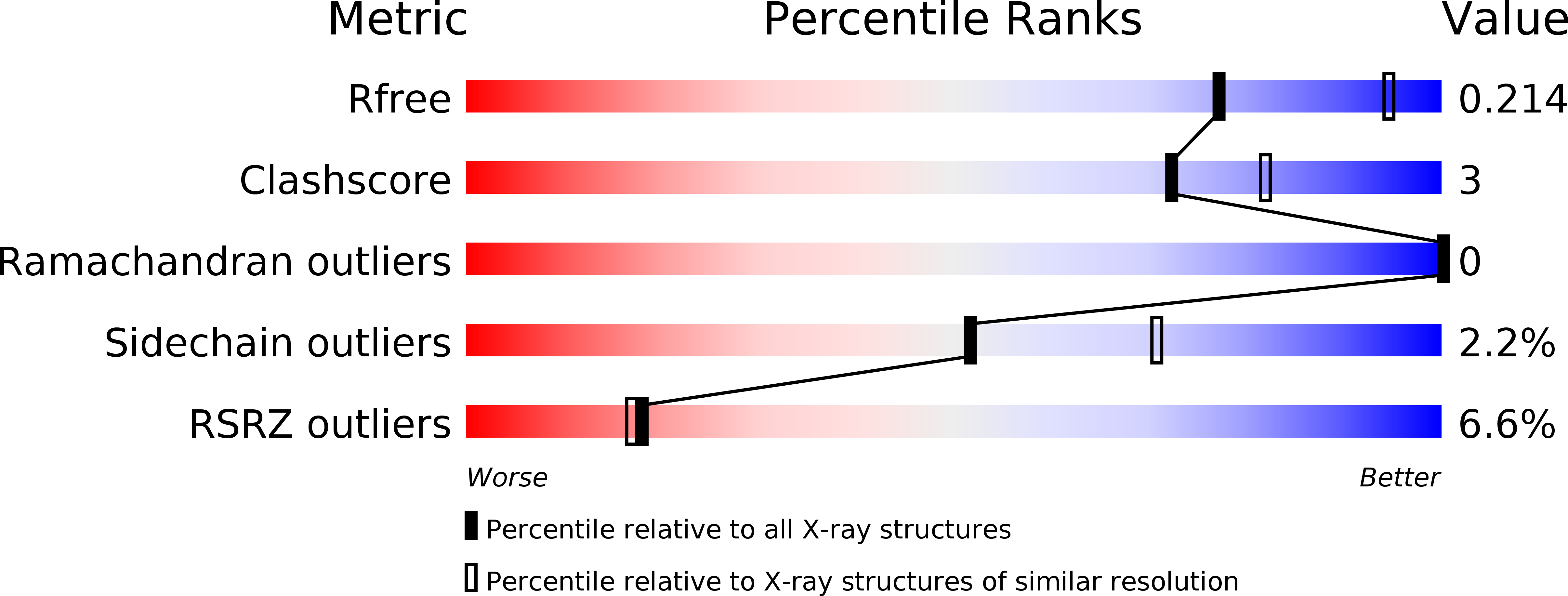
Deposition Date
2014-09-04
Release Date
2015-07-01
Last Version Date
2024-10-16
Method Details:
Experimental Method:
Resolution:
2.40 Å
R-Value Free:
0.20
R-Value Work:
0.17
R-Value Observed:
0.17
Space Group:
P 65


